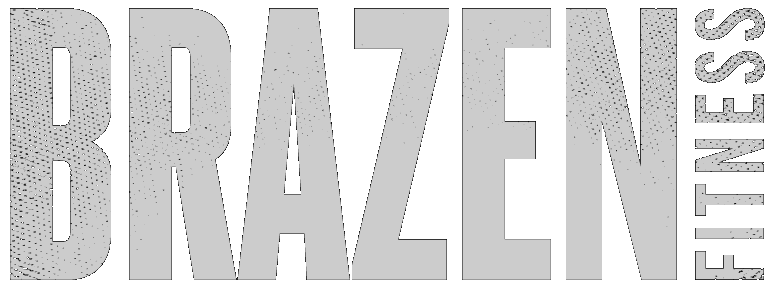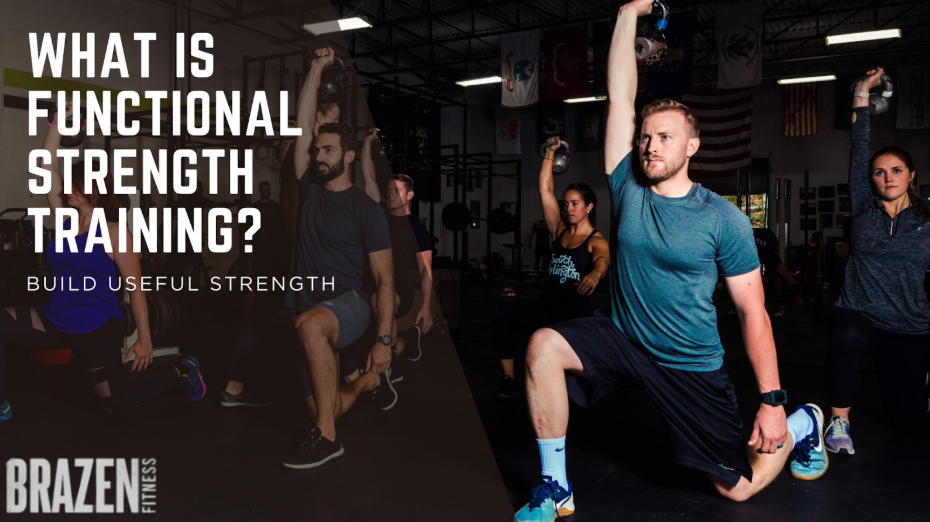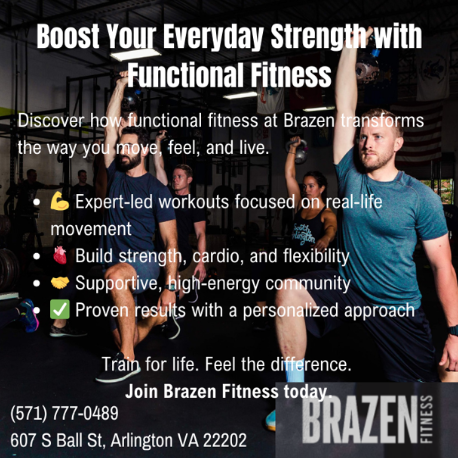Benefits of Functional Strength Training
So, why should you care about functional training? Glad you asked. Here’s what you get:
1. Real-World Strength
You’ll be able to carry groceries, climb stairs, lift your kids, and go through your day with less fatigue and more control. You’re training for life, not just the gym.
2. Better Balance and Coordination
By working on one foot, using high plank positions, or incorporating dynamic movements, you train your body to stabilize itself—reducing your risk of injury.
3. Joint-Friendly Workouts
Because functional exercises mimic how your joints are meant to move, they’re great for reducing stress on your knees, shoulders, and back—especially when performed with proper form.
4. Stronger Core, All the Time
Functional training doesn’t just “target” your core—it uses it in nearly every move. Whether you're squatting, lunging, or rotating, your core is the foundation.
5. Mental and Physical Benefits
Research shows that improving movement quality can boost mental health, reduce stress, and help with overall well-being. Plus, it just feels good to move well.
Examples of Functional Strength Training Exercises
Here are a few of our favorite functional strength training exercises we love using at Brazen Fitness:
✅ Push Ups
A classic full body move that works your chest, arms, core, and even glutes—if you keep your body tight and in a straight line.
✅ Step Ups
This movement mimics everyday activities like climbing stairs. Add weights to challenge your lower body and improve balance.
✅ High Plank Position Rows
Holding a high plank position while performing rows engages your core, shoulders, and upper back.
✅ Medicine Ball Slams
One of our favorites for core engagement and power. It’s a fun, high-energy movement that uses your upper body, core, and legs.
✅ Shoulder Presses (Standing)
Unlike seated presses, standing presses activate your core muscles, legs, and upper body for a more functional lift.
These exercises use more muscles, in more directions, with more intention. That means better strength—and fewer injuries.
How Functional Strength Training Builds Real Muscle
Now, don’t get us wrong—functional workouts still build muscle mass and muscle tissue. The difference is, you’re using multiple muscles at once, in patterns that improve both strength and coordination.
By incorporating resistance training tools like weights, kettlebells, or even your own body weight, you can still build lean mass, improve posture, and prevent age-related strength loss.
In fact, functional training often requires more effort than traditional workouts, because you’re not just “lifting”—you’re stabilizing, balancing, and controlling every movement.
Functional Training in Everyday Life
Still not convinced? Let’s look at how functional strength helps you live better.
Imagine:
Getting off the floor without using your hands
Lifting a suitcase without straining your back
Running after your kids with better mobility and less fatigue
Performing daily activities with confidence and ease
This is where functional fitness shines. It’s not just about looking good—it’s about moving well, and enjoying your life more.
Who Should Try Functional Strength Training?
Honestly? Everyone.
It’s great for:
Beginners who want a smart, safe way to start moving
Athletes who want to improve performance
Older adults seeking strength and stability
People recovering from injury (under guidance)
Anyone who wants to improve balance, coordination, and core strength
And because it’s so adaptable, it can be scaled for all fitness levels. Whether you’re training for a marathon or just want to feel more confident doing a brisk walk, functional training has something for you.



